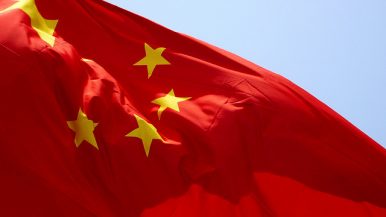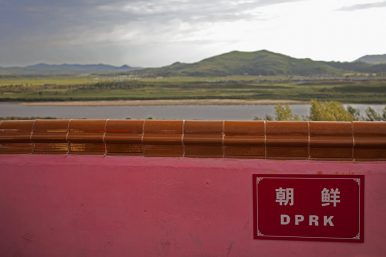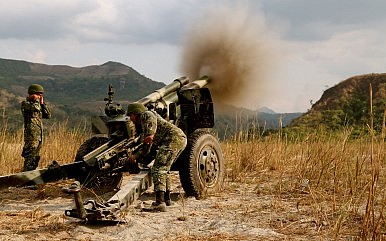By Maj Gen GG Dwivedi
The recent standoff at Doklam had raised genuine concerns about the situation escalating, given that the opposing troops stood ‘eye ball to eye ball’ for over 10 weeks. While the crisis has been defused for the time being, the probability of a future flare up cannot be ruled out. Post the disengagement, Chinese troops have fortified their positions in the Doklam Plateau with the declared intent of resuming the road construction activity at an appropriate time. The military build-up, which had been undertaken by the two sides in the wake of the crisis, remains in place. The current period of lull is, therefore, a tactical pause. In all prudence, Doklam should be taken as a nudge to initiate a holistic strategic review.





